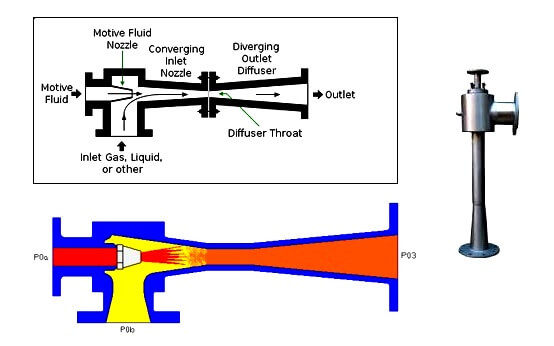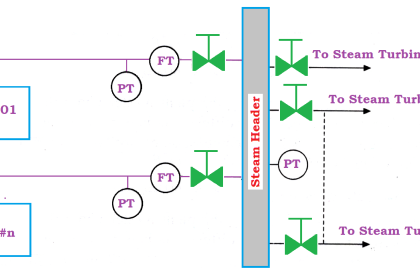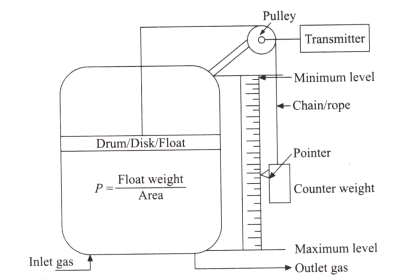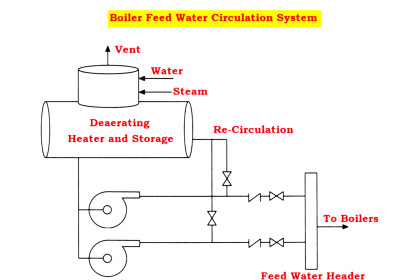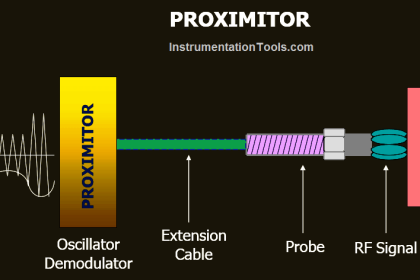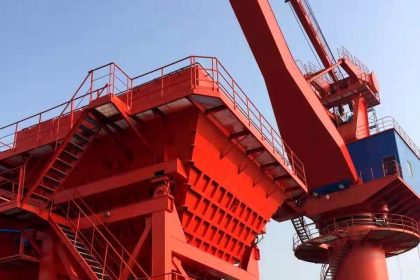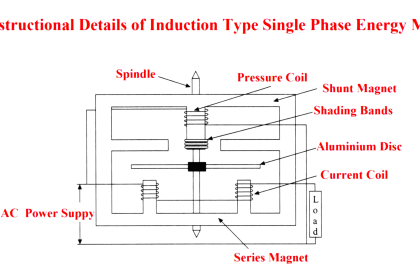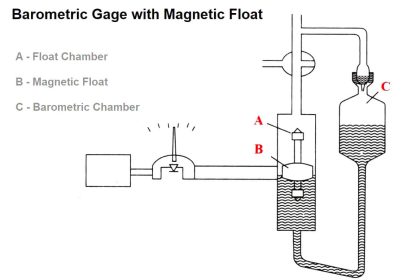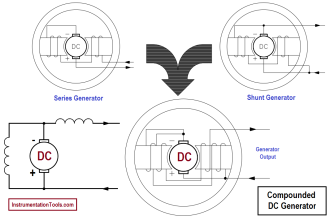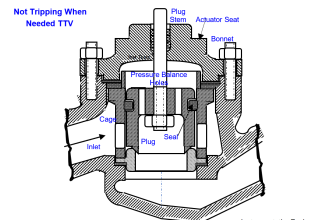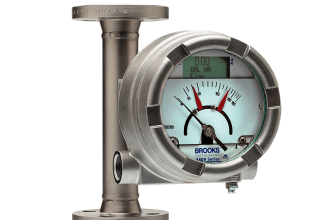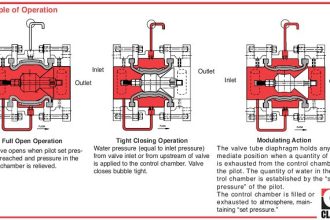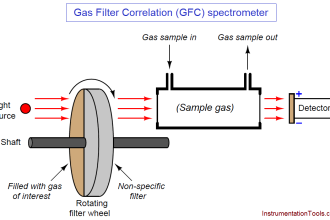Function of Ejector
The main function of the ejector is to extract air and no condensate gasses from a closed system . It removes air from the condenser and provide vacuum. The amount of air extracted at the time of starting is more as compared to running unit.
Parts of Ejector
It generally consists of converging nozzle, diverging nozzle, diffuser throat, inlet and outlet pipes, Rotameter for measurement of air flow , cells with tube for regeneration heat transfer , Steam traps for drip control.
Working Principle of Ejector :-
When a high pressure motive fluid (steam/liquid) enters the steam nozzle, this result in a decreasing pressure and increasing velocity of the fluid again the fluid enters in the diffuser which result in a increasing pressure and decreasing velocity of the fluid so due to pressure difference vacuum is created in between the nozzle and diffuser we can say venture throat.
So due to pressure difference or vacuum it sucks no condensable air and fluid from the system. The mixture then enters to an inter condenser where the steam is condensate. The inter condenser are designed with a special inter condenser baffles of tubes where heat transfer takes place.
The second stage ejector handles the non condensate gasses of first stage ejector and through a vent opening to the atmosphere. The air flow can be measured by the rota-meter. The condensate water of steam send back to re use through steam traps.
Types of Ejectors
There are generally two types of ejector generally used as ,
Hogger Ejector :-
This ejector is known as the starting ejector which is used to pull the gasses at the time of starting of system. It has high capacity of air extraction.
This ejector operates with parallel with the running ejector till the vacuum reaches 500-600 mm of HG column, then the hogger ejector is switched off and main ejector will remain in service.
The main disadvantages of this ejector is the steam escaped to atmosphere and can’t reuse.
Main Ejector :-
This is also known as the running ejector which evacuate the air continuously at the system running condition. This is a multi stage type ejector . The high velocity air -water mixture enters to the shell and cooled in the first stage of the shell by condensate.
Steam is thus condensate and the steam air mixture volume reduced and allowed to second stage of the nozzle . In the second stage the mixture is completely condensate and the air is vented to the atmosphere.
The drains are provided with loops or siphoned to prevent ingress of air from the atmosphere. Here the condensate seam is again recovered in condenser and reuse.
